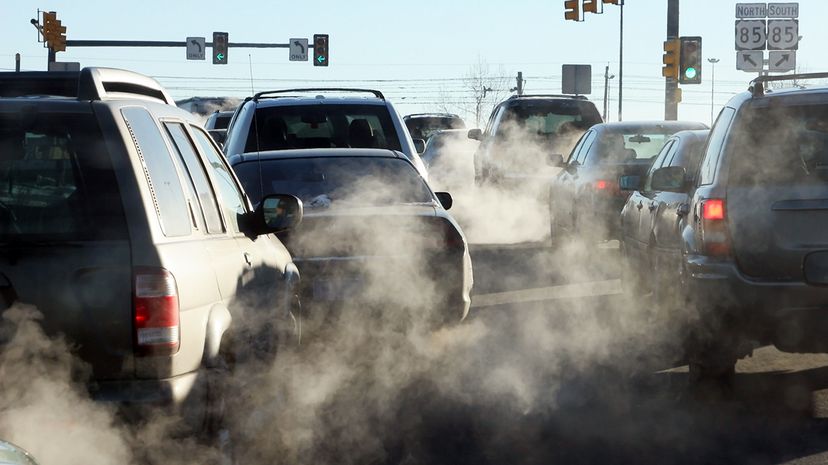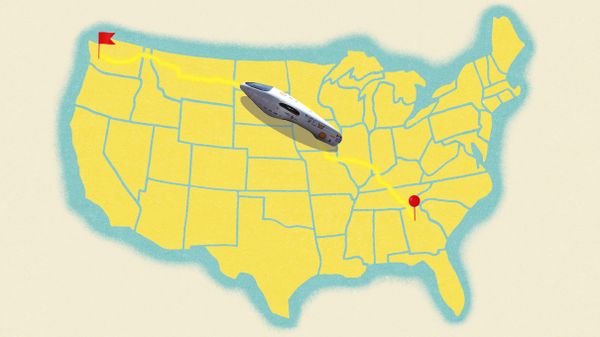While stop-start technology does cause more wear and tear on certain components, those get upgraded to handle the increased demand. These engines are designed to stay lubricated (to prevent the metal-on-metal contact that causes premature engine wear and damage) and are matched with an upgraded starter motor, 12-volt battery and alternator.
Not all drivers are fond of the technology and find it intrusive and annoying, especially when driving in stop-and-go traffic, so making it comfortable and easy to use is critical. In some cars, it won't activate if conditions are not optimal. Skorupski says that when the engine is still cold or if the air conditioner is running on a high setting, the VW system won't kick in because it could cause the cabin to become uncomfortable. Some might also deactivate if it's too hot or too cold outside, and most cars allow drivers to manually override the system, as well. In fact, the U.S. Environmental Protection Agency assumes half of drivers who have it disable it.
But Skorupski says that the fuel savings make it worth it. "The folks in a more congested, more urban type setting will have higher fuel economy savings than people in rural areas," he says. "That's based on the number of stops and how long these vehicles are stopped at lights."
That works out to about 10 to 15 percent in urban areas, he says. Those numbers also reflect the reduction in tailpipe emissions, which means that these vehicles could create up to 10 to 15 percent less pollution.
If you do a lot of city driving, you are a prime candidate for stop-start technology on your next new or late-model used car. Volkswagen is new to this field, but you can go back a couple of years and find these systems on vehicles from BMW, Ford, Volvo, Kia and Honda, among others. Skorupski says stop-start technology is mostly an American thing, due to the government's Corporate Average Fuel Economy (CAFE) standards. That means, even as automakers try to design vehicles to sell in as many countries as possible, new American-market cars are somewhat unique in this regard. In other words, there's nothing stopping automakers from selling stop-start elsewhere; they just don't really need to yet.

